Points clés
- Les solutions d'urgence fonctionnent : Ajoutez de l'eau bouillante (1 c. à café à la fois) ou de la crème tiède pour sauver le chocolat saisi
- La prévention est essentielle : Gardez tous les outils secs et utilisez une chaleur douce et constante lors de la fonte
- Chocolat surchauffé : Refroidissez rapidement avec des morceaux de chocolat à température ambiante ou filtrez les grumeaux
- Réutilisez le chocolat sauvé : Utilisez le chocolat réparé pour des sauces, ganaches ou recettes de pâtisserie
- La qualité compte : Le chocolat premium de Zucchero Canada est plus indulgent à travailler
Imaginez ceci : vous confectionnez de beaux chocolats pour une occasion spéciale, faisant fondre soigneusement votre cacao premium, quand soudain votre chocolat soyeux se transforme en un désordre épais et granuleux. Si vous avez vécu cette catastrophe chocolatée, vous n'êtes pas seul — et surtout, il y a de l'espoir ! Ce guide complet vous montrera exactement comment réparer le chocolat saisi et prévenir les futurs incidents, aidant les boulangers amateurs et chocolatiers canadiens à sauver leurs précieuses créations chocolatées.
Qu'est-ce qui cause la saisie ou la brûlure du chocolat ?
Comprendre pourquoi le chocolat saisit est la première étape pour prévenir et réparer le problème. Le chocolat saisi se produit lorsque votre chocolat lisse et fondu se transforme soudainement en une pâte épaisse et granuleuse impossible à travailler.
Causes principales du chocolat saisi
Contact avec l'humidité : Même une seule goutte d'eau peut faire saisir le chocolat instantanément. Cela se produit parce que le chocolat ne contient pas d'humidité, donc lorsque l'eau rencontre les particules sèches de cacao et le sucre, elles se lient ensemble en formant des grumeaux épais au lieu de rester en suspension dans le beurre de cacao.
Surchauffe : Lorsque le chocolat devient trop chaud, les particules de cacao s'agglutinent et se séparent du beurre de cacao. Le chocolat noir ne doit jamais dépasser 50-55°C (122-131°F), tandis que le chocolat au lait et blanc ne supportent que 45-50°C (113-122°F) en raison de leurs solides de lait.
Liquide insuffisant : Parfois, le chocolat grumeleux survient lorsqu'il n'y a pas assez de liquide dans une recette. Si vous préparez une ganache ou une sauce au chocolat avec du chocolat noir à haute teneur en cacao, vous avez besoin de plus de liquide pour garder le chocolat fluide.
Choc thermique : Les changements soudains de température, comme l'ajout de liquide froid au chocolat chaud, peuvent provoquer un grumelage immédiat.
Comment réparer un chocolat grumeleux
Ne paniquez pas si votre chocolat a grumeleux ! Voici quatre méthodes fiables pour sauver votre chocolat, chacune adaptée à différentes situations.
Méthode 1 : La technique de l'eau bouillante (la plus efficace)
Cette méthode contre-intuitive fonctionne en ajoutant suffisamment d'humidité pour dissoudre complètement le sucre et les particules de cacao.
Ce dont vous aurez besoin :
- Eau bouillante
- Fouet ou cuillère en bois
- Votre chocolat grumeleux
Processus étape par étape :
- Portez l'eau à ébullition
- Ajoutez exactement 1 cuillère à café d'eau bouillante à votre chocolat grumeleux
- Fouettez vigoureusement pendant 30 secondes
- S'il est encore granuleux, ajoutez une autre cuillère à café et répétez
- Continuez jusqu'à ce que le chocolat devienne lisse et brillant
Note importante : Le chocolat aura d'abord un aspect pire avant de s'améliorer—c'est normal ! Vous verrez qu'il passe d'un aspect granuleux à un aspect huileux, puis enfin à un aspect lisse.
Méthode 2 : Ajout de crème tiède (idéal pour la ganache)
Parfait lorsque vous préparez une ganache ou que vous avez besoin de chocolat pour des sauces.
Processus :
- Chauffez la crème épaisse à environ 60°C (140°F)
- Ajoutez 1 cuillère à soupe de crème tiède au chocolat grumeleux
- Remuez doucement avec une spatule en caoutchouc
- Continuez à ajouter la crème progressivement jusqu'à obtenir une consistance lisse
- Cela crée une ganache riche parfaite pour les desserts
Méthode 3 : Ajout de matière grasse (pour enrobage et trempage)
Utilisez cette méthode lorsque vous avez besoin de chocolat pour tremper ou enrober.
Options :
- Huile végétale (1 cuillère à soupe pour 170g de chocolat)
- Huile de noix de coco (fondue)
- Beurre de cacao
- Beurre non salé
Technique :
- Ajoutez la matière grasse progressivement en remuant constamment
- Travaillez le mélange jusqu'à obtenir une consistance lisse
- Le chocolat retrouvera son aspect brillant
- Parfait pour les applications de glaçage au chocolat
Méthode 4 : Récupération au bain-marie
Pour une restauration douce lorsque d'autres méthodes n'ont pas fonctionné.
Installation :
- Créez un bain-marie avec de l'eau frémissante (pas bouillante)
- Placez le chocolat saisi dans le bol supérieur
- Ajoutez progressivement du liquide ou de la matière grasse en remuant
- Gardez la chaleur très basse pour éviter d'autres dommages
- Soyez patient—cette méthode prend du temps mais offre le plus de contrôle
Comment réparer le chocolat surchauffé
Le chocolat surchauffé diffère du chocolat saisi. Alors que le chocolat saisi devient épais et granuleux à cause de l'humidité, le chocolat surchauffé devient grumeleux parce que les particules de cacao s'agglutinent à cause de la chaleur excessive.
Méthode de refroidissement rapide
Action immédiate :
- Retirez immédiatement le chocolat de la source de chaleur
- Ajoutez des morceaux de chocolat à température ambiante (¼ à ½ tasse)
- Remuez continuellement jusqu'à ce que la température baisse
- Le chocolat refroidi fera baisser la température globale
Technique de filtration
Pour le chocolat gravement surchauffé avec des grumeaux :
- Passez le chocolat à travers un tamis fin
- Appuyez doucement pour éliminer les grumeaux
- Cela récupère les parties lisses
Récupération de la température
Approche professionnelle :
- Utilisez un thermomètre à bonbons pour surveiller la température
- Refroidissez le chocolat à la bonne température de travail (voir le guide des températures ci-dessous)
- Ajoutez des morceaux de chocolat frais pour stabiliser
Guide essentiel des températures pour les chocolatiers canadiens
Bien maîtriser les températures évite la plupart des problèmes de chocolat :
| Type de chocolat | Température maximale sûre |
|---|---|
| Chocolat noir | 50-55°C (122-131°F) |
| Chocolat au lait | 45-50°C (113-122°F) |
| Chocolat blanc | 40-45°C (104-113°F) |
Prévention : votre meilleure défense contre les désastres au chocolat
Gardez tout parfaitement sec
- Essuyez complètement tous les ustensiles, bols et surfaces
- Vérifiez que vos mains sont sèches avant de manipuler le chocolat
- Gardez un torchon de cuisine propre à portée de main pour un séchage rapide
Utilisez des techniques de fonte appropriées
- Bain-marie avec de l'eau à peine frémissante
- Passez au micro-ondes par intervalles de 15-20 secondes, en remuant entre chaque
- Ne laissez jamais l'eau bouillir vigoureusement sous votre bol de chocolat
Choisissez un chocolat de qualité Le chocolat premium de fournisseurs comme Zucchero Canada contient de meilleurs ratios de beurre de cacao et est plus indulgent lors du processus de fonte. Leurs fèves de cacao vénézuéliennes et chocolats spécialisés offrent plus de stabilité lors du chauffage.
Surveillez la température en permanence
- Utilisez un thermomètre à bonbons fiable
- Retirez du feu avant d'atteindre la température maximale
- N'oubliez pas que le chocolat continue de cuire avec la chaleur résiduelle
Que faire avec le chocolat récupéré avec succès
Une fois que vous avez réparé votre chocolat grumeleux ou surchauffé, vous devrez ajuster vos plans car la texture et les propriétés ont changé.
Meilleures utilisations du chocolat récupéré :
Pour le chocolat récupéré à l'eau :
- Boissons chocolat chaud
- Sauces et sirops au chocolat
- Napper les desserts
- Incorporation dans les pâtes à brownie ou gâteau
Pour le chocolat récupéré à la crème :
- Ganache pour truffes
- Glaçage au chocolat
- Garniture pour pâtisseries
- Garniture de tarte au chocolat
Pour le chocolat sauvé avec des graisses :
- Sauce pour trempage (bien que plus épaisse que l'originale)
- Glaçage de biscuits ou gâteaux
- Écorce de chocolat avec noix et fruits secs
Quand recommencer vs. quand sauver
Parfois, il vaut mieux recommencer avec du chocolat neuf. Recommencez si :
- Le chocolat sent le brûlé ou l'amer
- Le chocolat est devenu très foncé ou noir
- Plusieurs tentatives de sauvetage ont échoué
- Vous avez besoin de chocolat fondu pur pour le tempérage ou le moulage
Les tentatives de sauvetage fonctionnent mieux lorsque :
- Le chocolat a saisi à cause de l'humidité mais n'est pas brûlé
- Vous pouvez réutiliser le chocolat pour des sauces ou des ganaches
- Le chocolat sent toujours normal
- Vous êtes prêt à adapter votre recette
Conseils avancés pour les chocolatiers canadiens
Travailler dans le climat canadien
Les niveaux d'humidité variables du Canada peuvent affecter le travail du chocolat :
- Hiver : Un air très sec peut provoquer de l'électricité statique ; augmentez légèrement la quantité de liquide dans les recettes
- Été : L'humidité élevée augmente le risque de saisissement ; travaillez dans des espaces climatisés lorsque c'est possible
- Régions côtières : Vigilance accrue nécessaire en raison des niveaux d'humidité plus élevés
Équipement professionnel à considérer
Pour les chocolatiers canadiens sérieux, investir dans un équipement approprié de la collection de machines de Zucchero Canada peut prévenir la plupart des problèmes :
- Machines à tempérer le chocolat : Maintien de températures précises
- Cuves de fonte professionnelles : Répartition uniforme de la chaleur
- Thermomètres numériques : Surveillance précise de la température
Questions fréquemment posées
Q : Puis-je empêcher complètement le chocolat de saisir ? R : Bien que vous ne puissiez pas garantir que cela n'arrivera jamais, suivre les bonnes techniques (équipement sec, chaleur douce, chocolat de qualité) réduit le risque de plus de 90 %.
Q : Le chocolat sauvé est-il sûr à manger ? R : Absolument ! Le chocolat sauvé est parfaitement sûr et a souvent un goût tout aussi bon, bien que la texture puisse être différente de l'original.
Q : Combien de temps le chocolat sauvé se conserve-t-il ? R : Utilisez le chocolat sauvé dans le même délai que le chocolat fondu ordinaire — généralement dans un jour ou deux s'il est correctement stocké au réfrigérateur.
Q : Puis-je re-temperer le chocolat sauvé ? R : En général non. Le chocolat sauvé a vu sa structure cristalline altérée et ne tempère pas correctement. Il est préférable de l'utiliser pour des applications qui ne nécessitent pas de tempérage.
Q : Quelle est la différence entre le chocolat saisi et le chocolat brûlé ? R : Le chocolat saisi devient épais et granuleux mais conserve sa saveur chocolatée. Le chocolat brûlé développe un goût amer et âcre ainsi qu'une couleur foncée — il ne peut pas être sauvé et doit être jeté.
Q : Pourquoi ajouter de l'eau répare-t-il le chocolat saisi alors que l'eau cause le saisissement ? R : De petites quantités d'eau provoquent le saisissement, mais en ajoutant suffisamment d'eau, le sucre se dissout complètement, créant un sirop qui permet aux particules de cacao de circuler à nouveau librement.
Votre histoire de succès chocolaté commence ici
Réparer le chocolat saisi et le chocolat surchauffé est une compétence que tout chocolatier canadien devrait maîtriser. Avec ces techniques éprouvées, vous n'aurez plus jamais à jeter du chocolat précieux. Rappelez-vous, même les chocolatiers professionnels font face à ces défis — la différence est de savoir comment les réparer rapidement et efficacement.
Que vous travailliez avec des fèves de cacao premium de Zucchero Canada ou que vous expérimentiez avec leurs moules à chocolat professionnels, ces techniques de sauvetage garderont vos créations chocolatées sur la bonne voie.
La clé est de rester calme, d'agir rapidement et de choisir la bonne méthode de sauvetage pour votre situation. Avec de la pratique, vous développerez la confiance nécessaire pour gérer toute urgence chocolatée qui se présente.

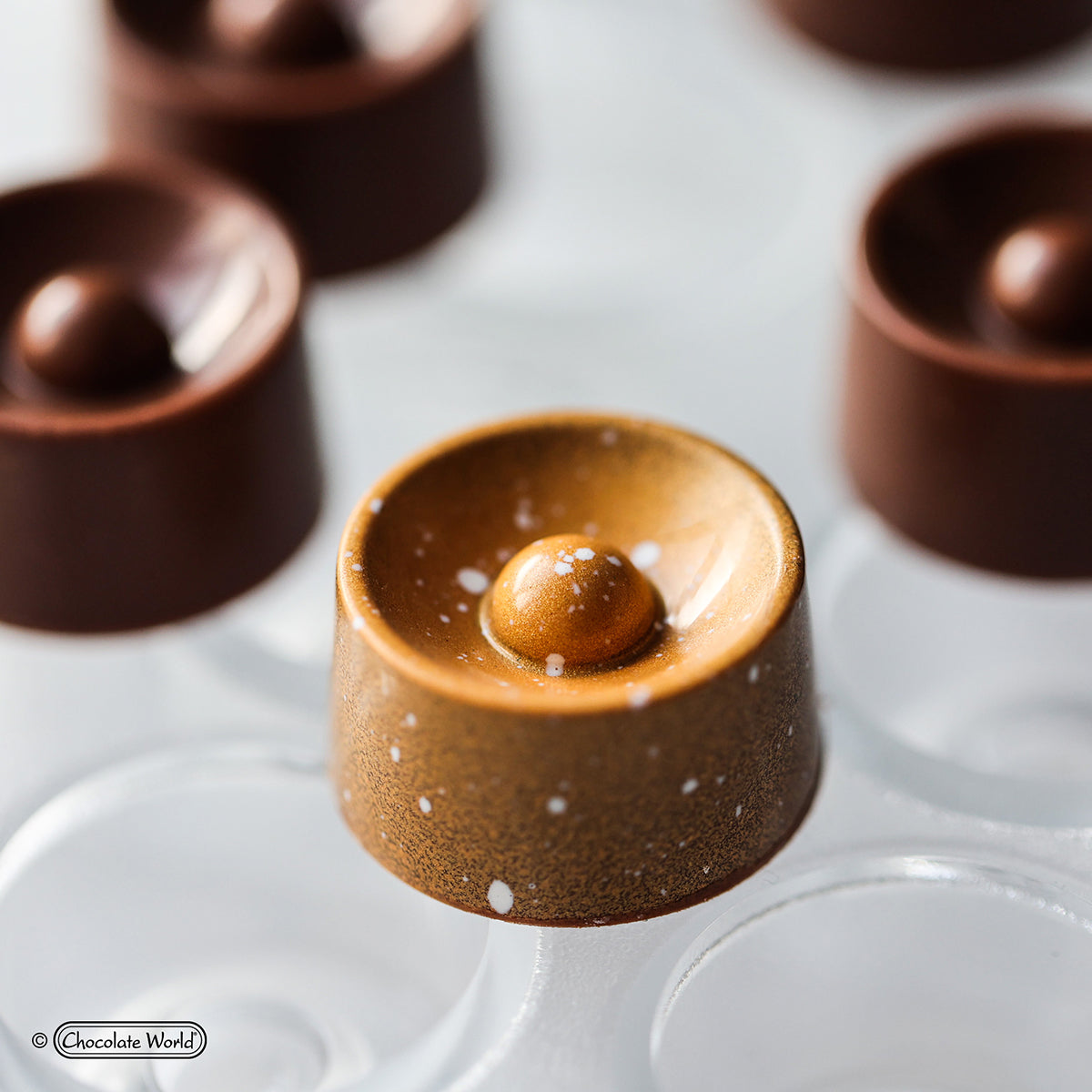
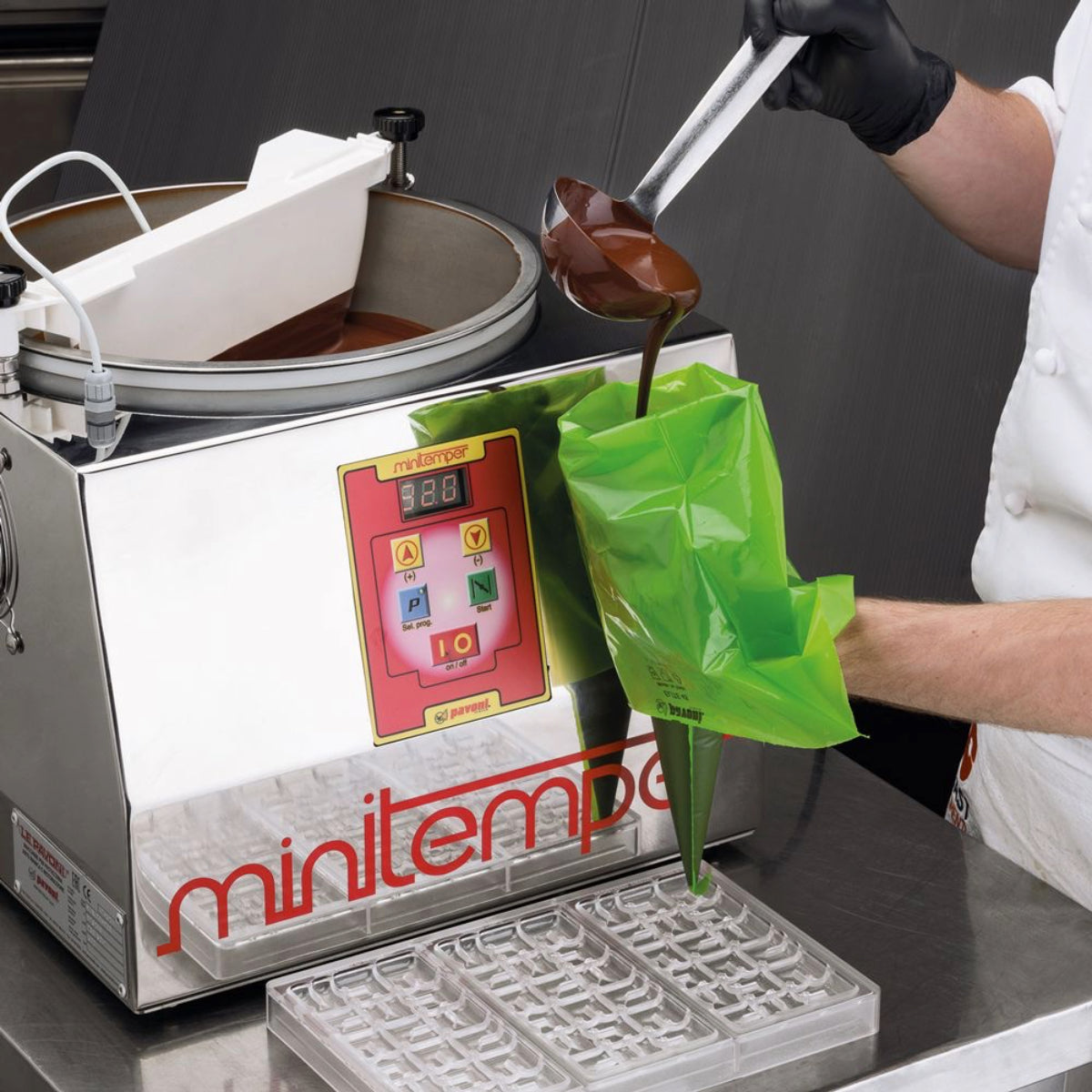
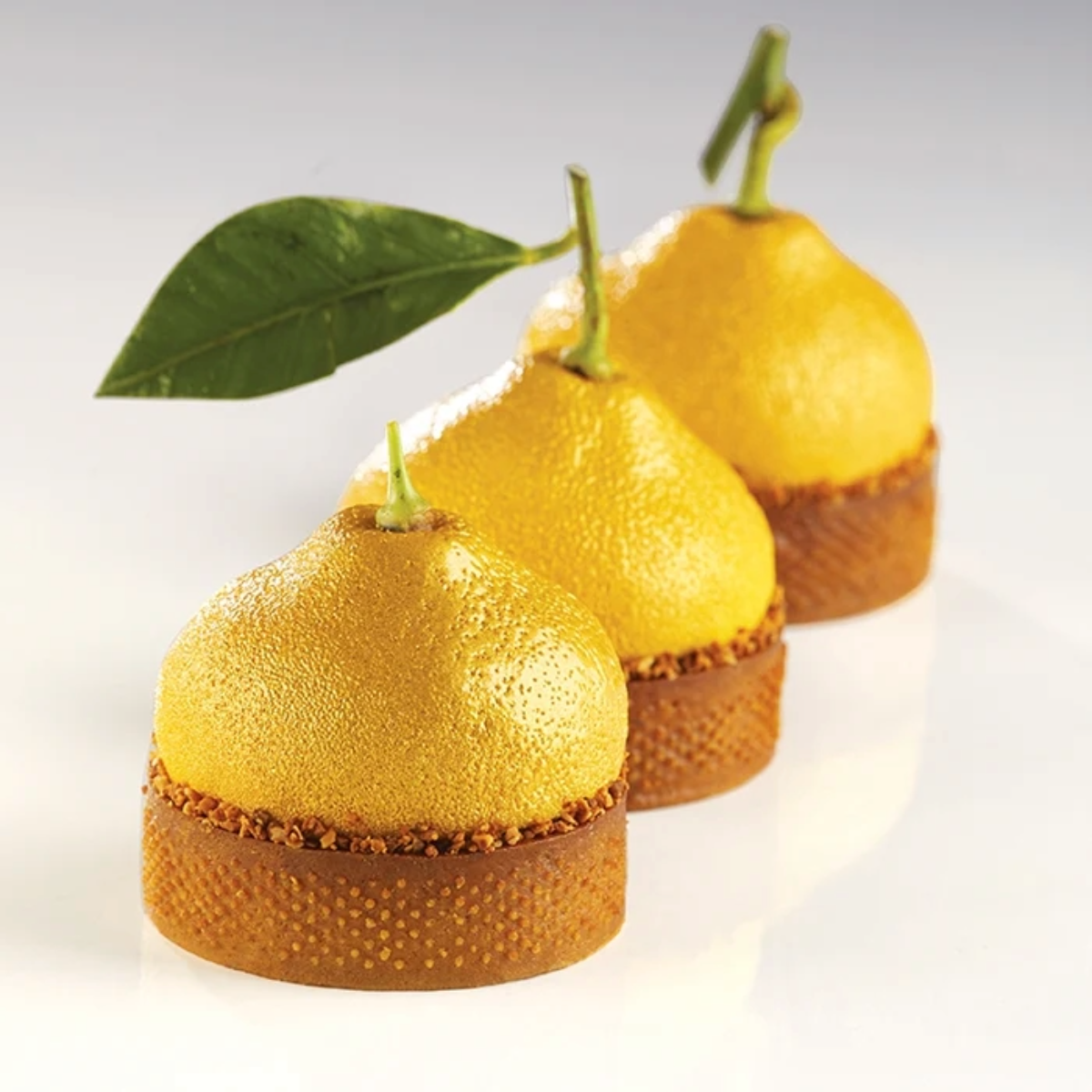
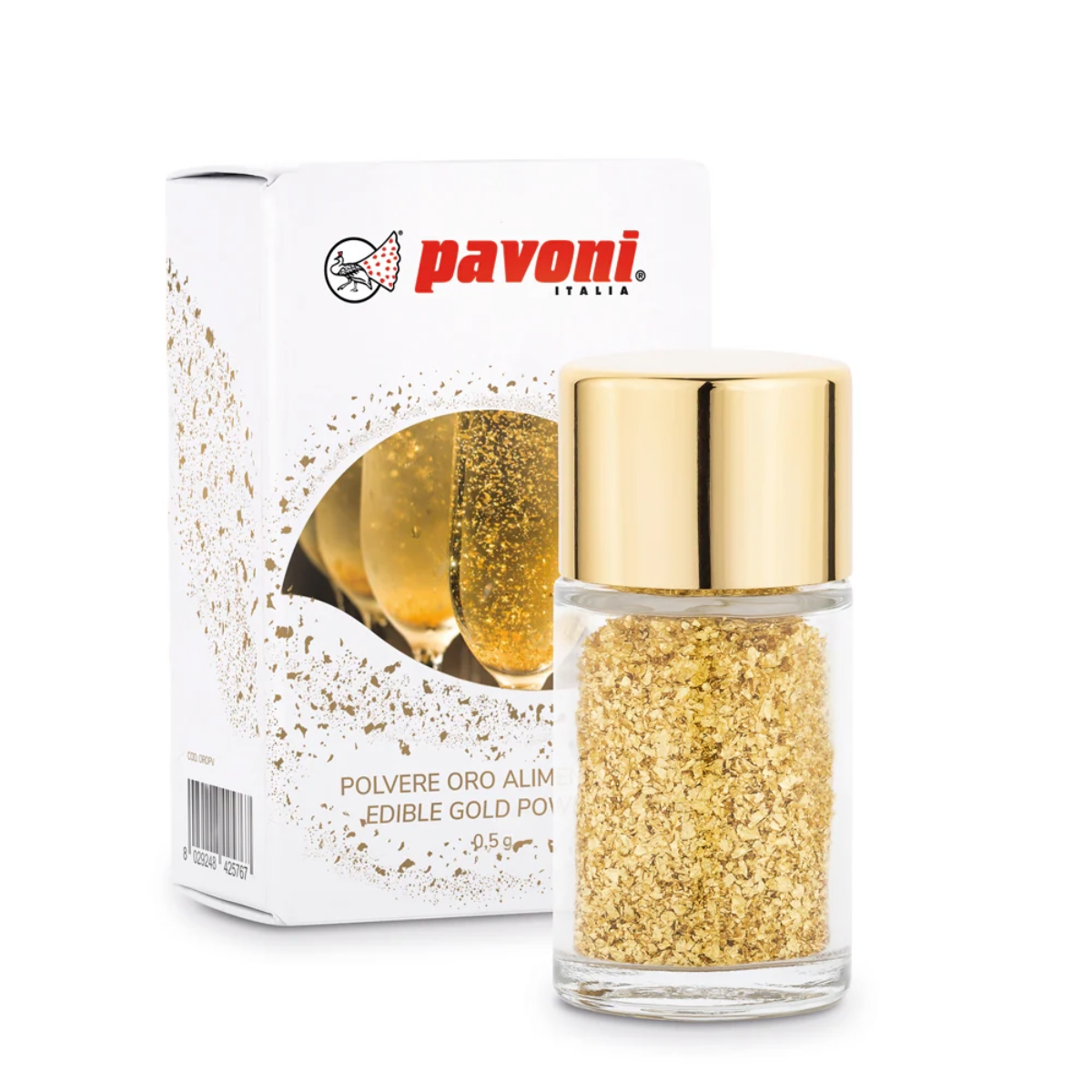

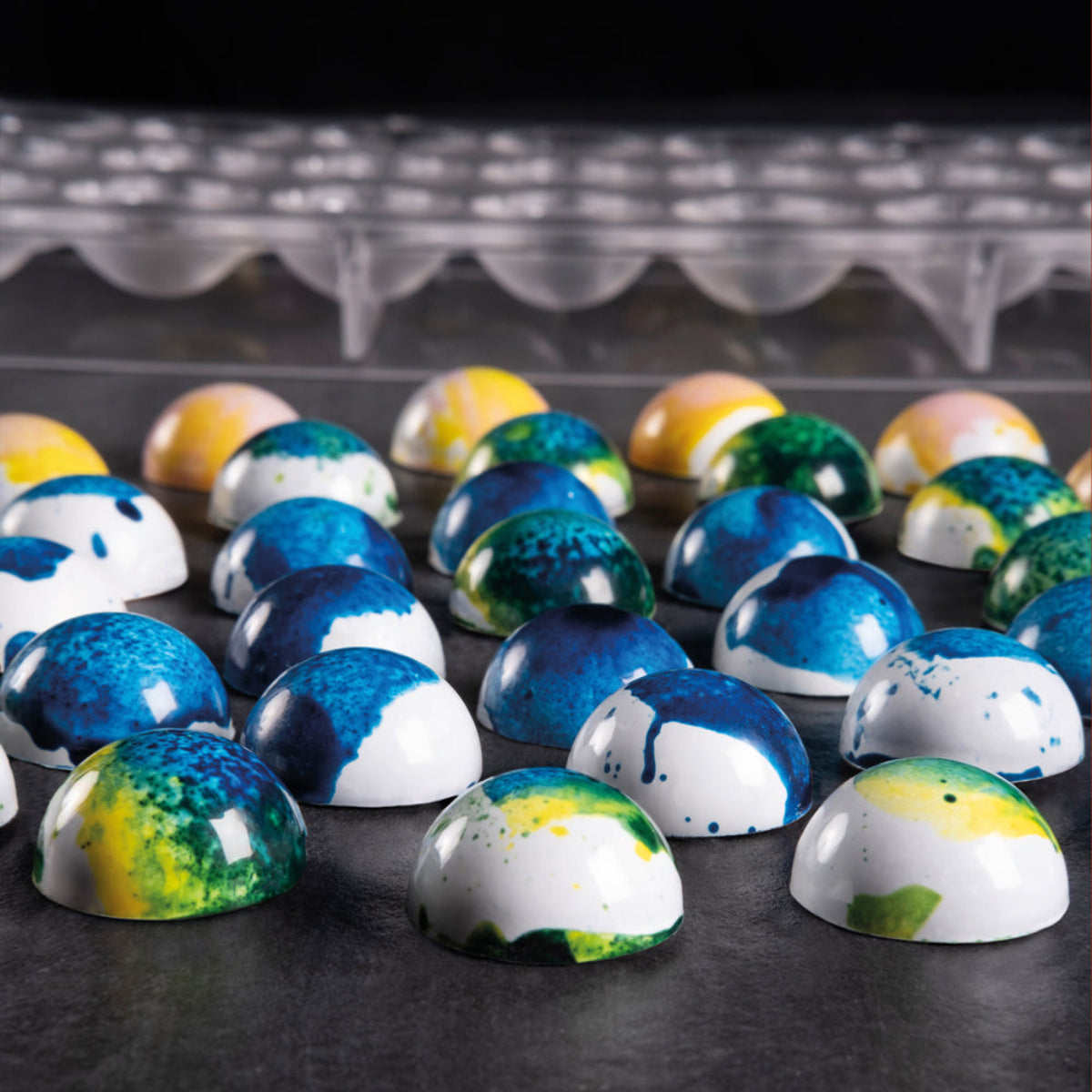



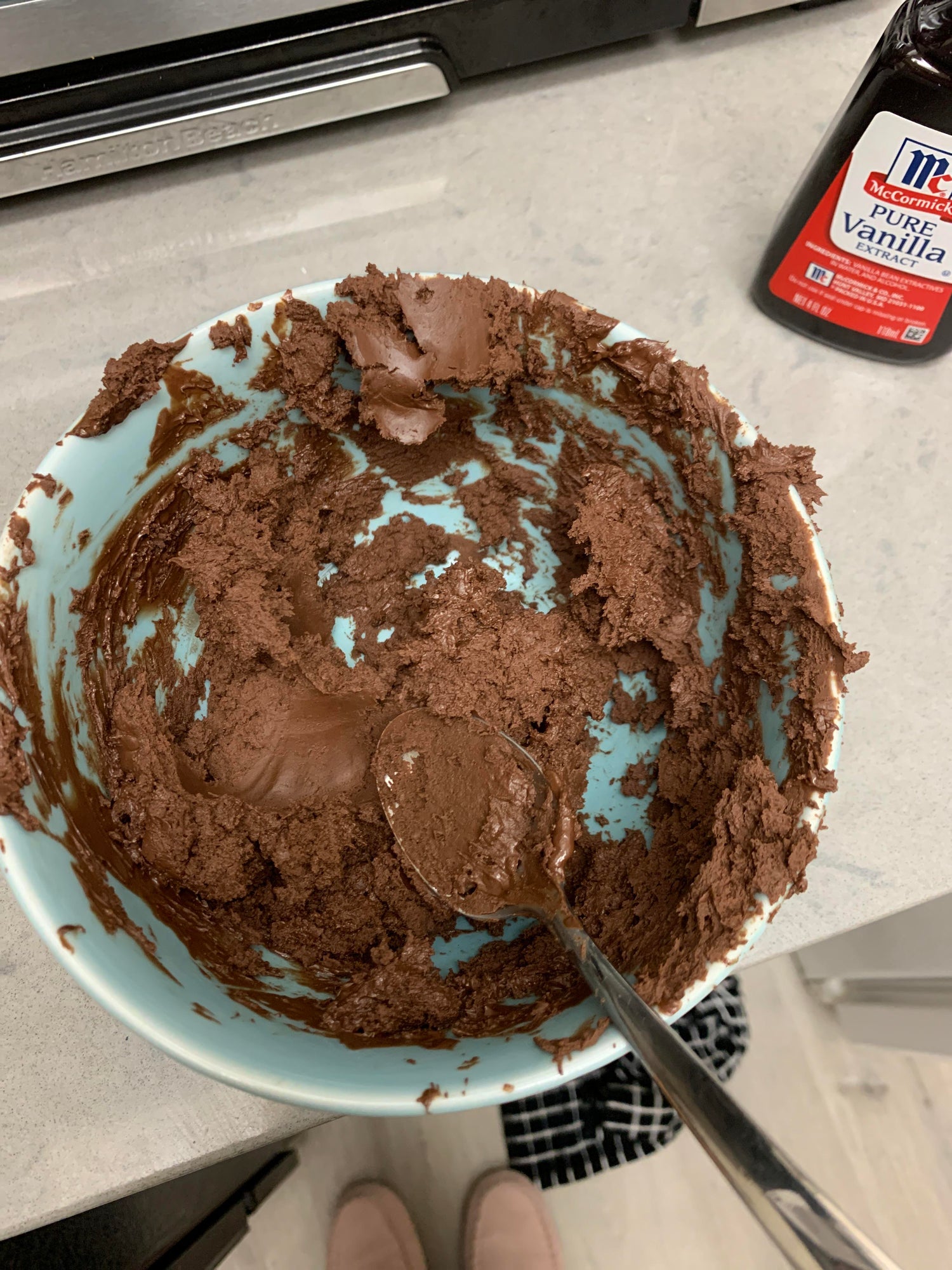
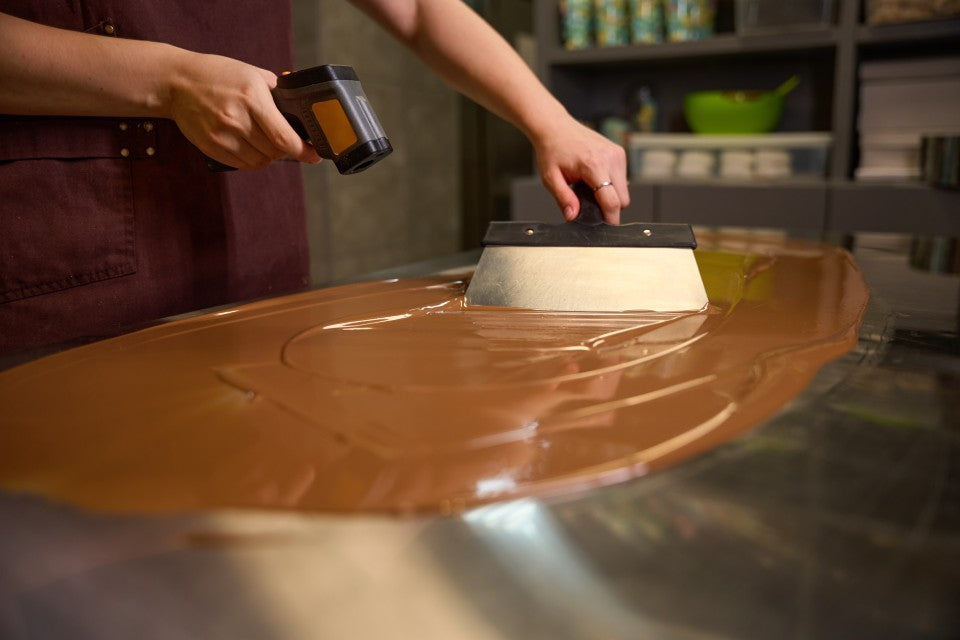
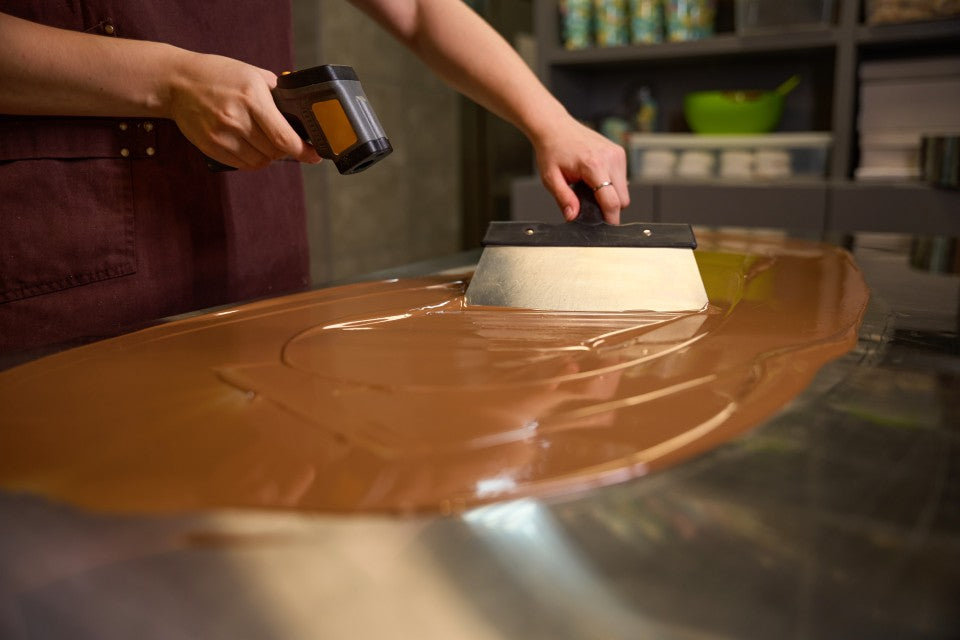


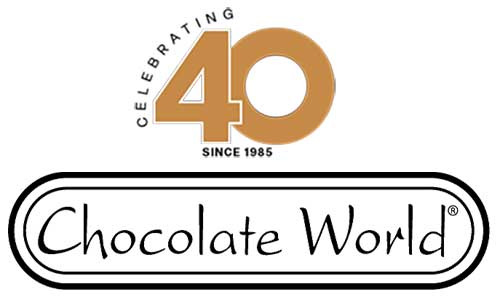


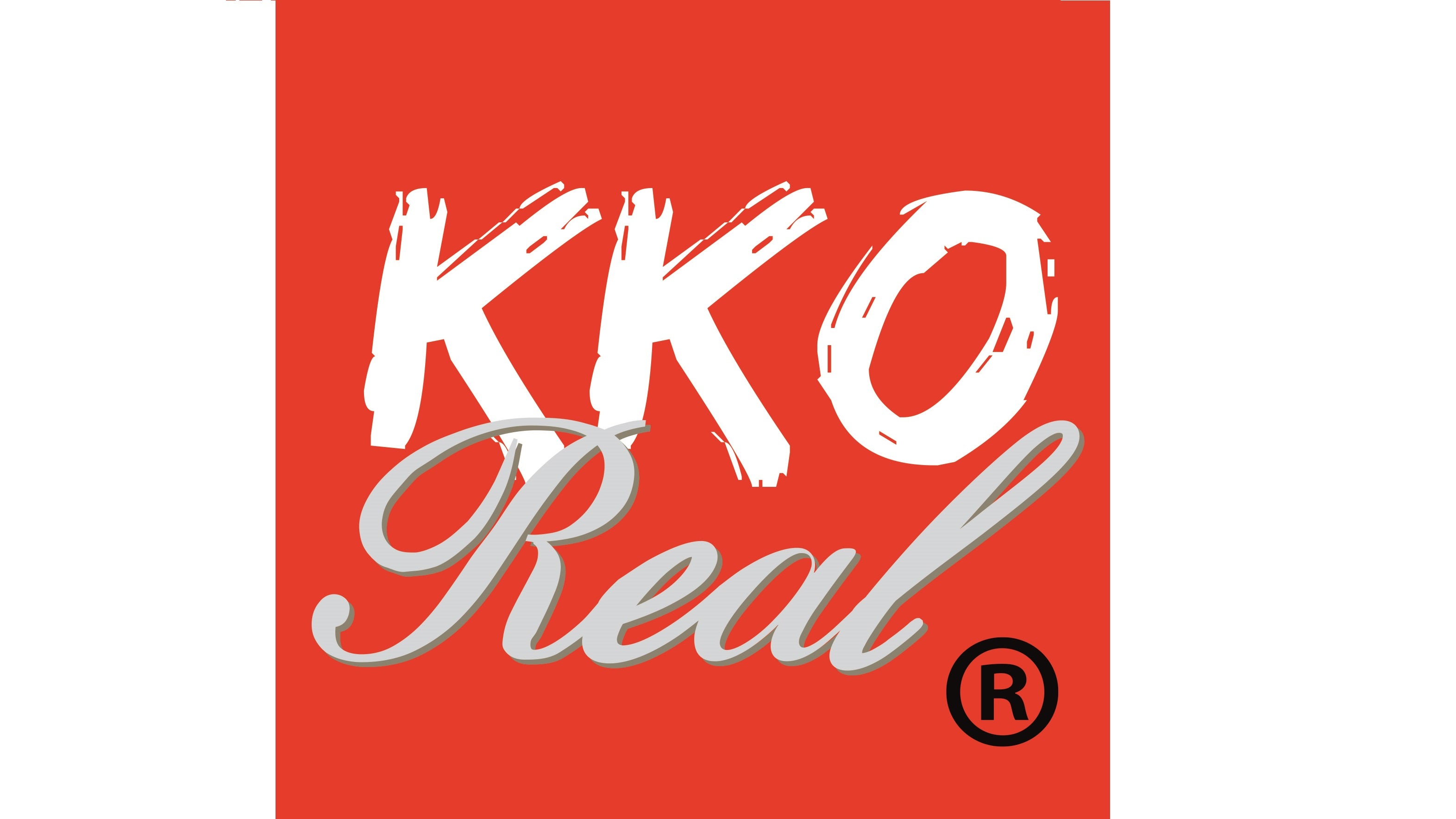

















Laisser un commentaire
Tous les commentaires sont modérés avant d'être publiés.
Ce site est protégé par hCaptcha, et la Politique de confidentialité et les Conditions de service de hCaptcha s’appliquent.